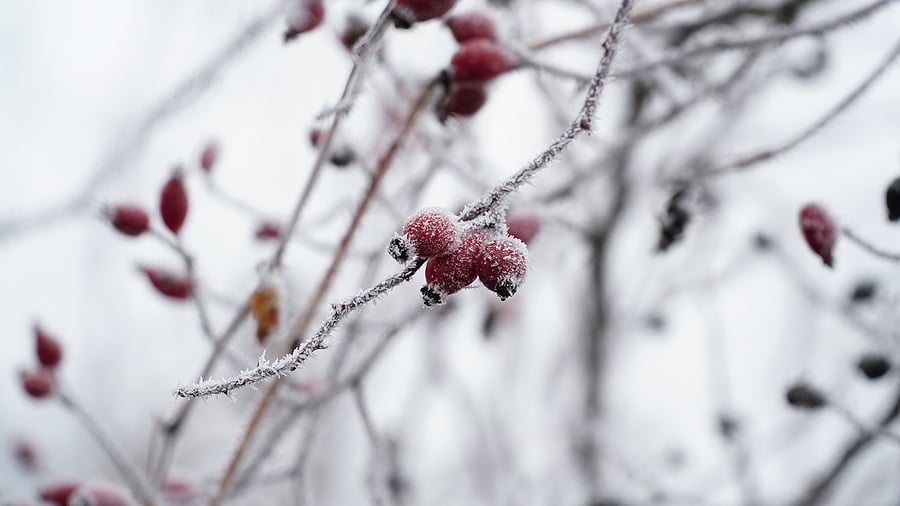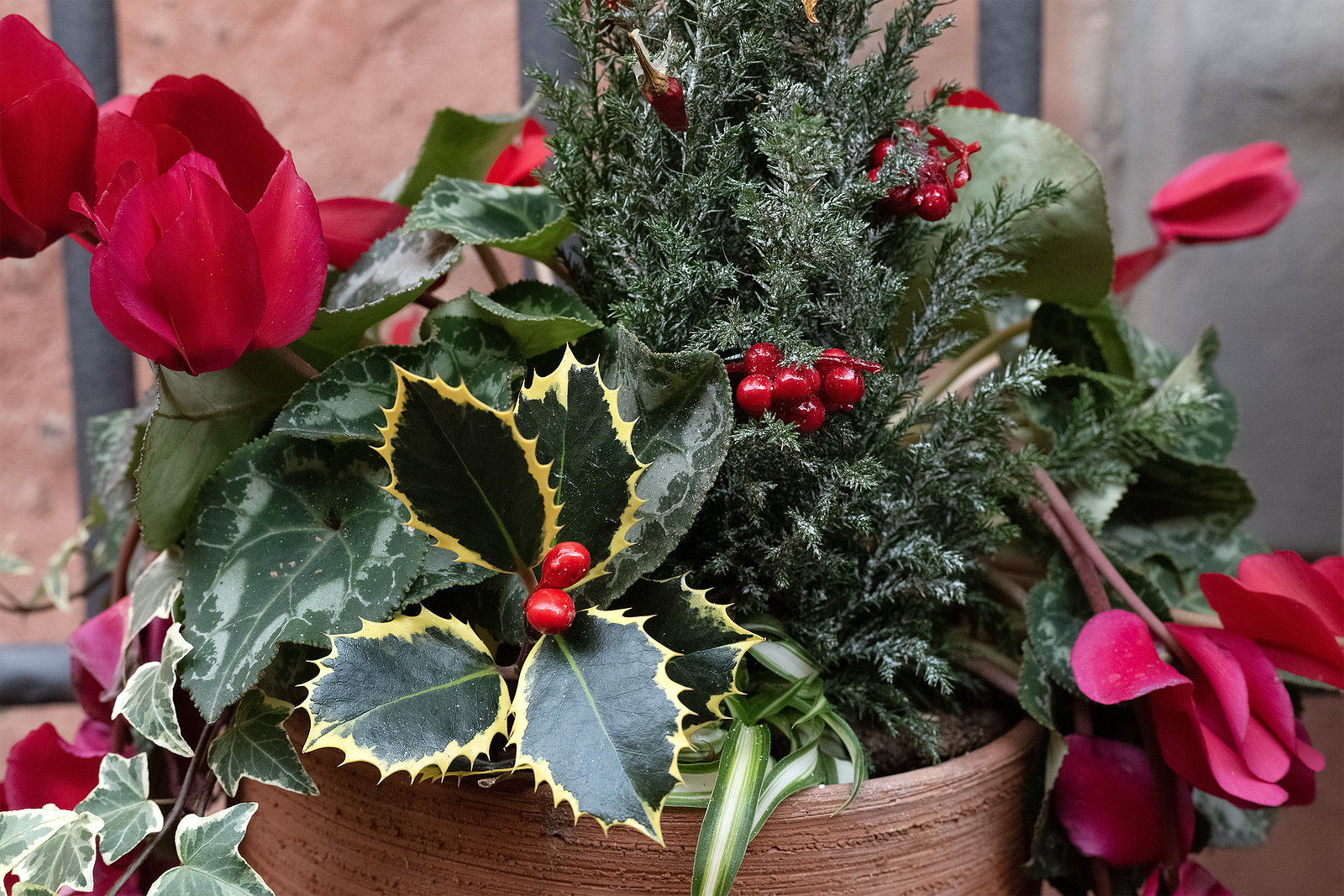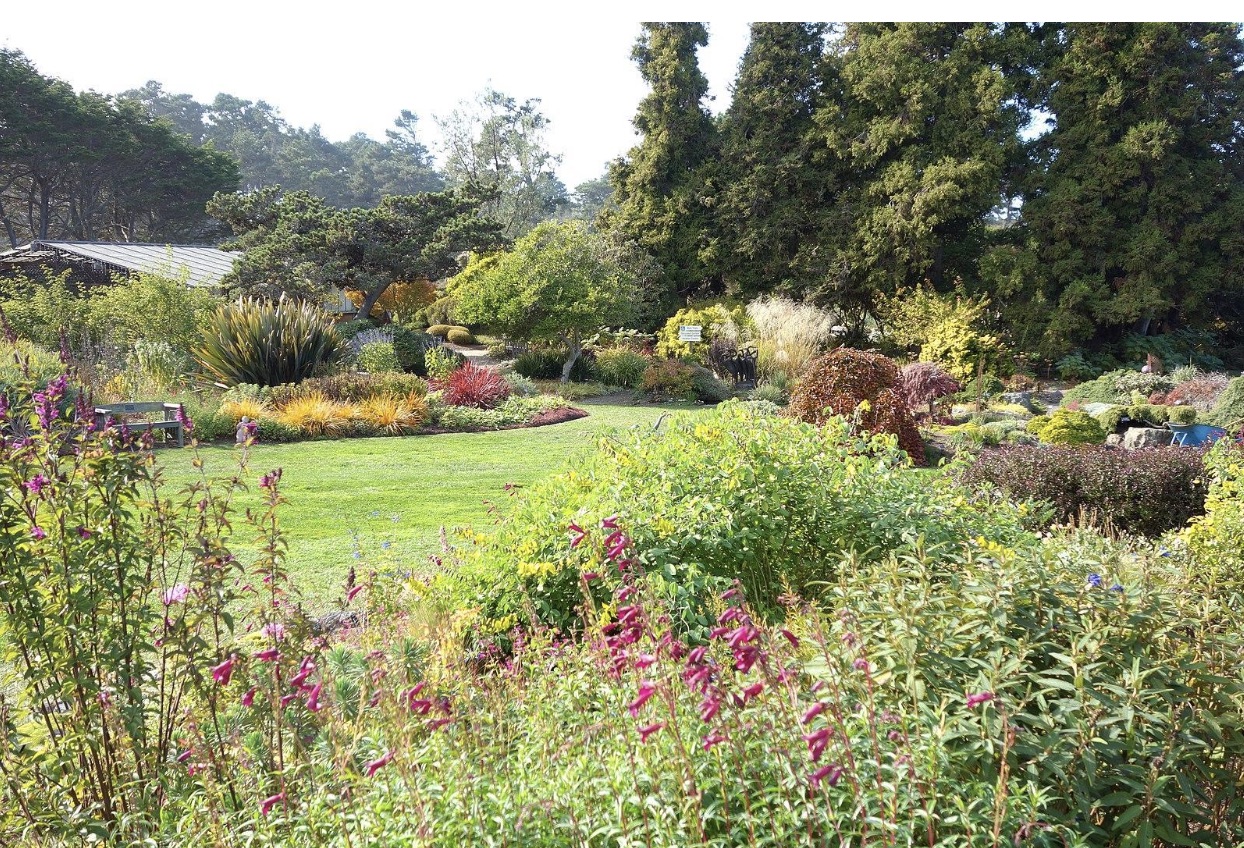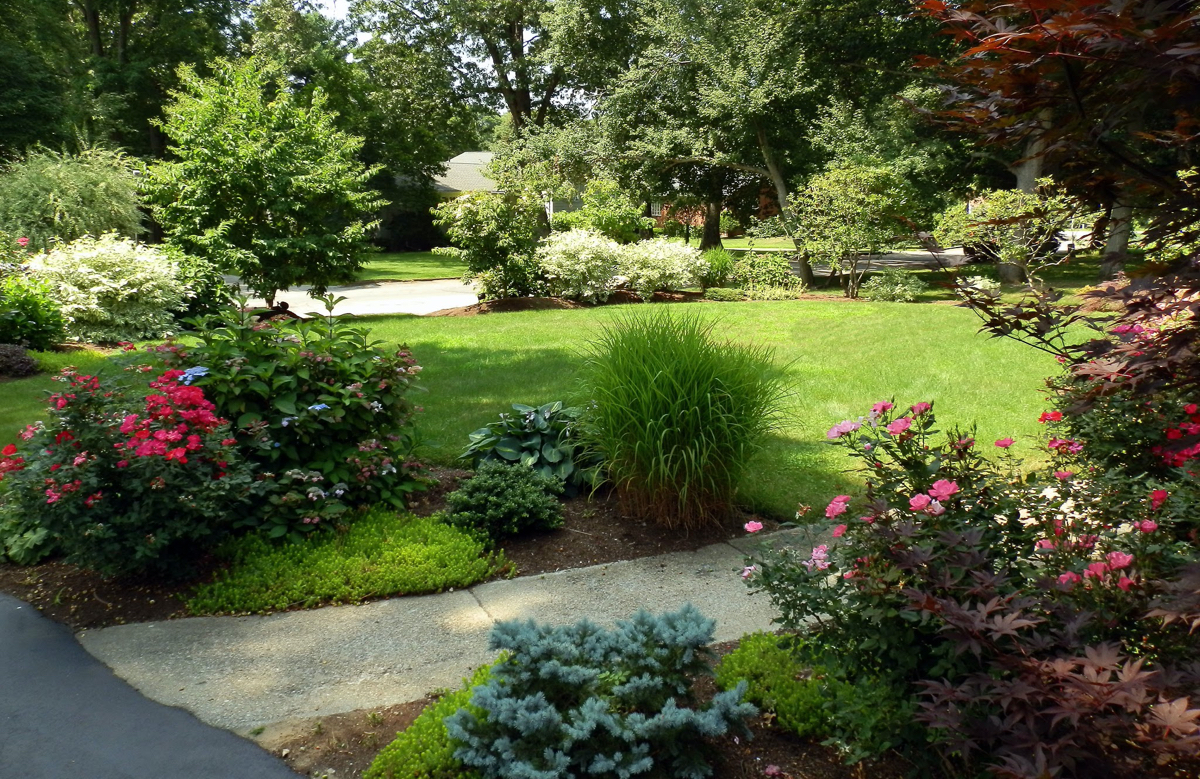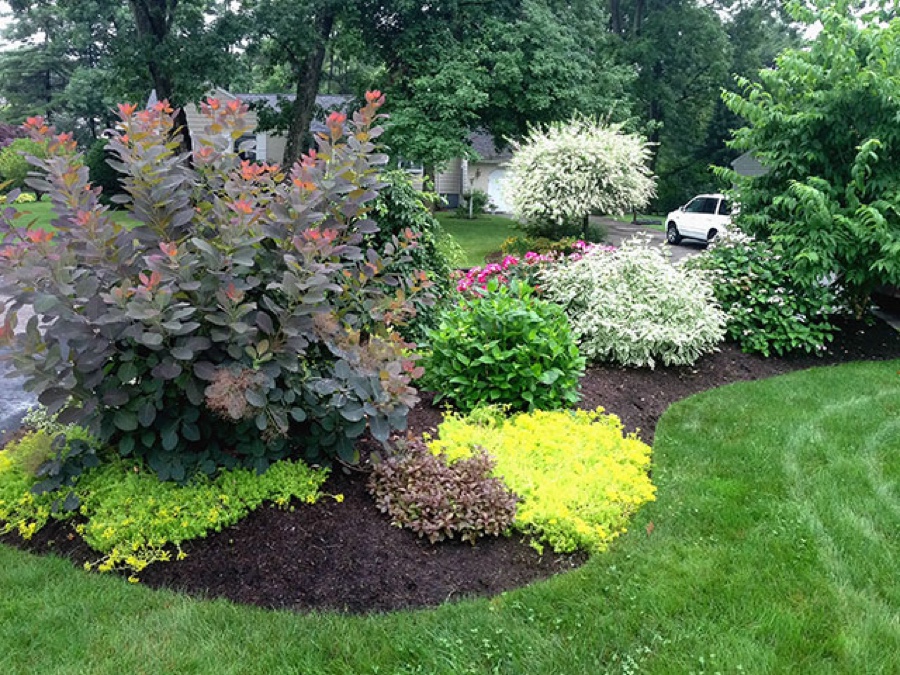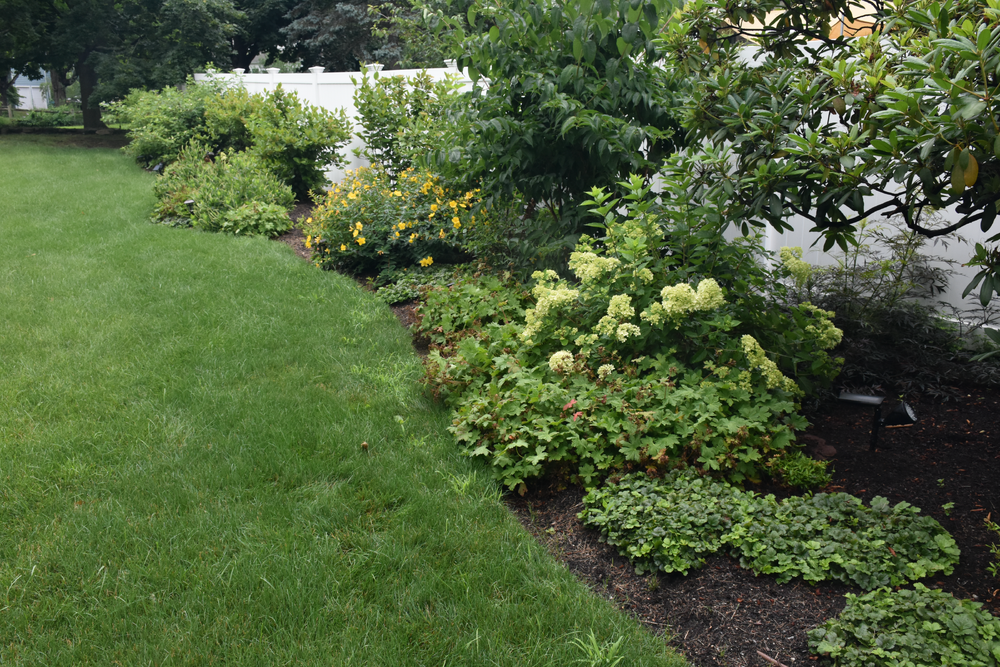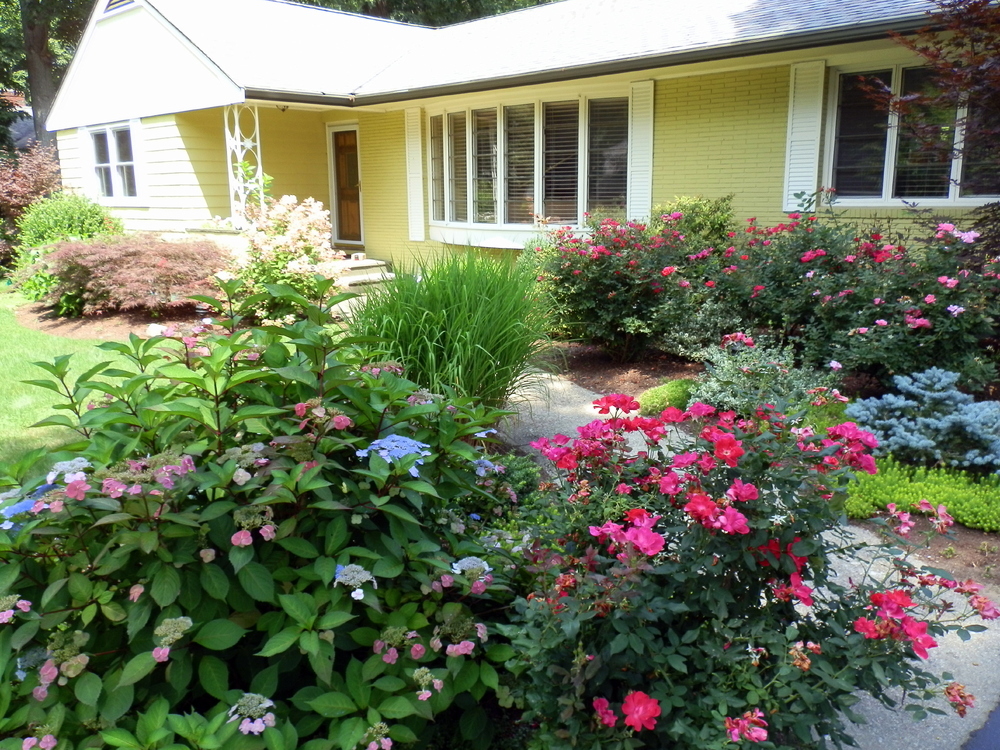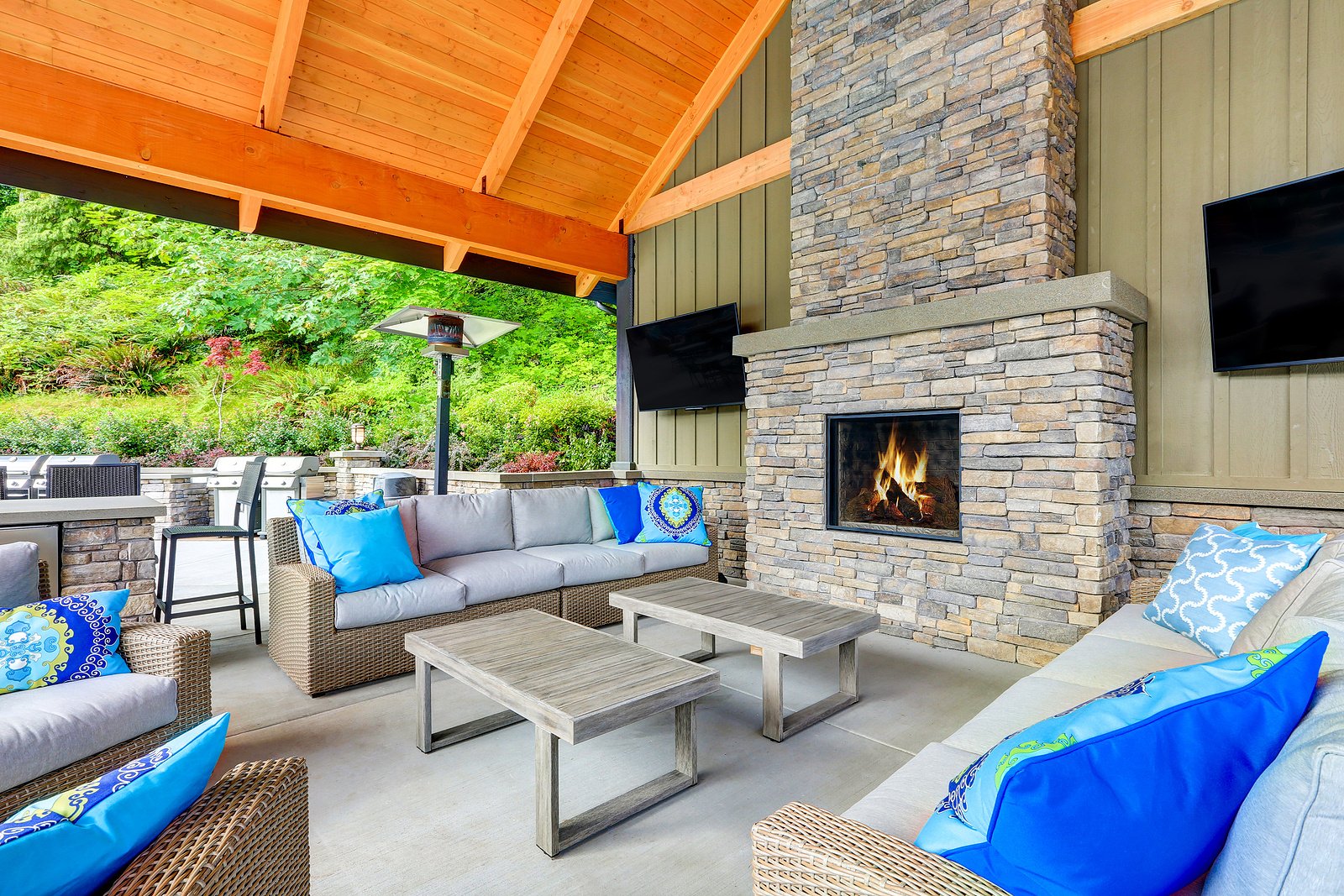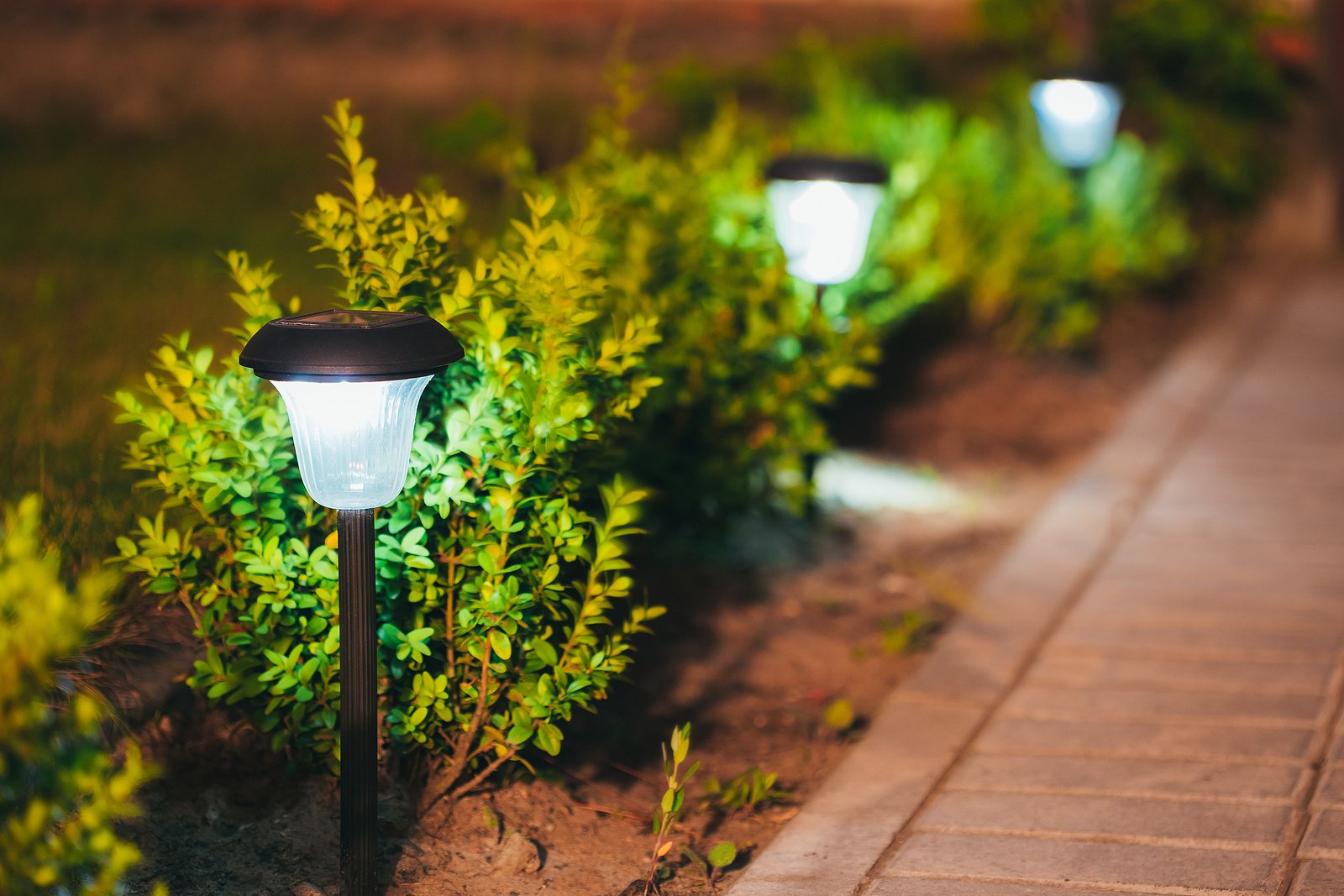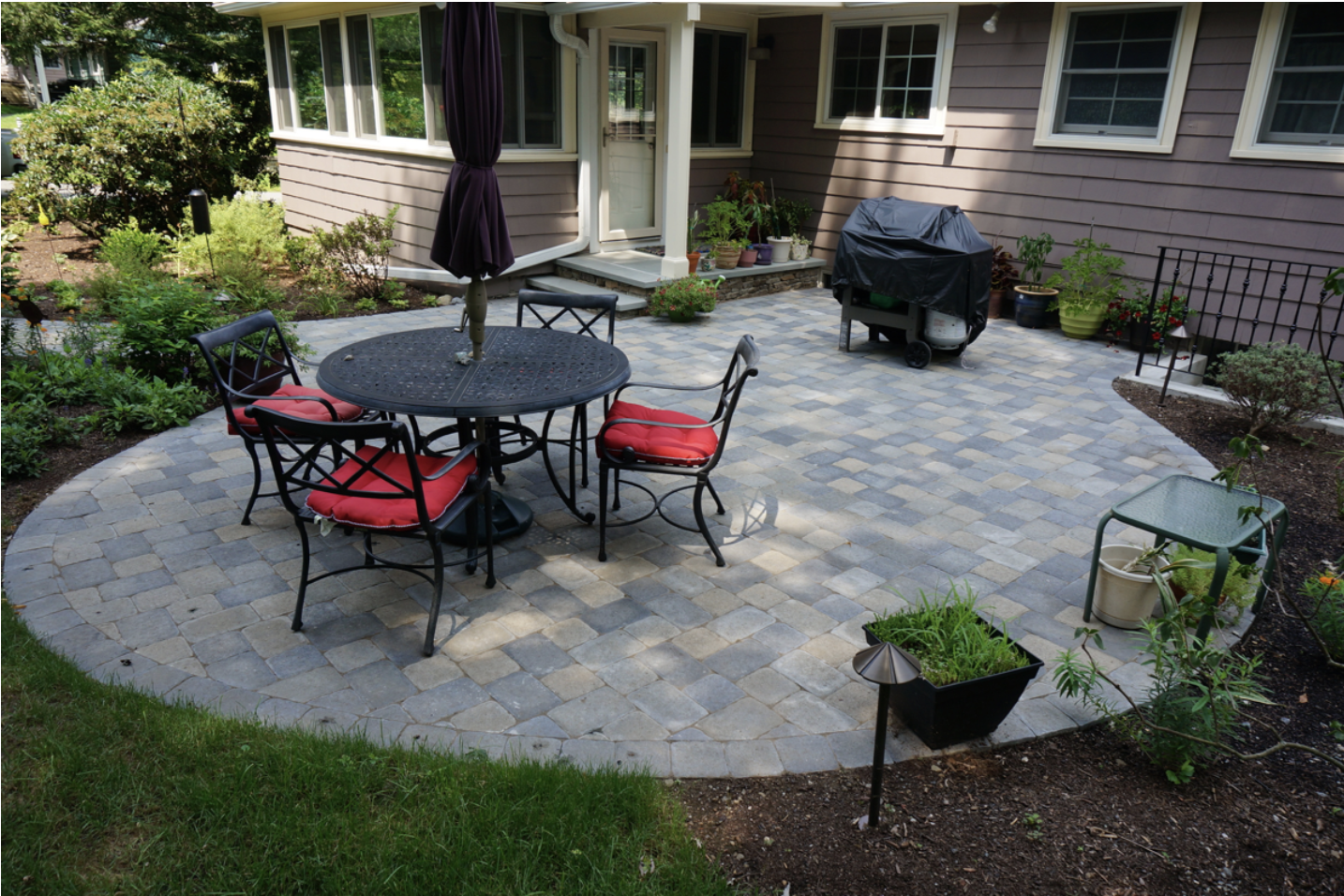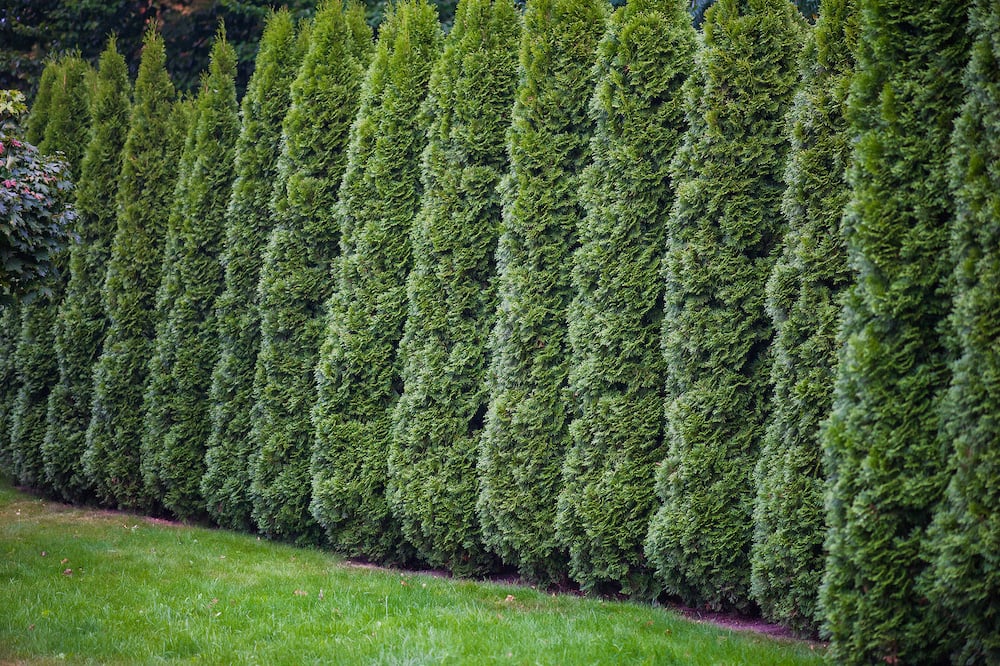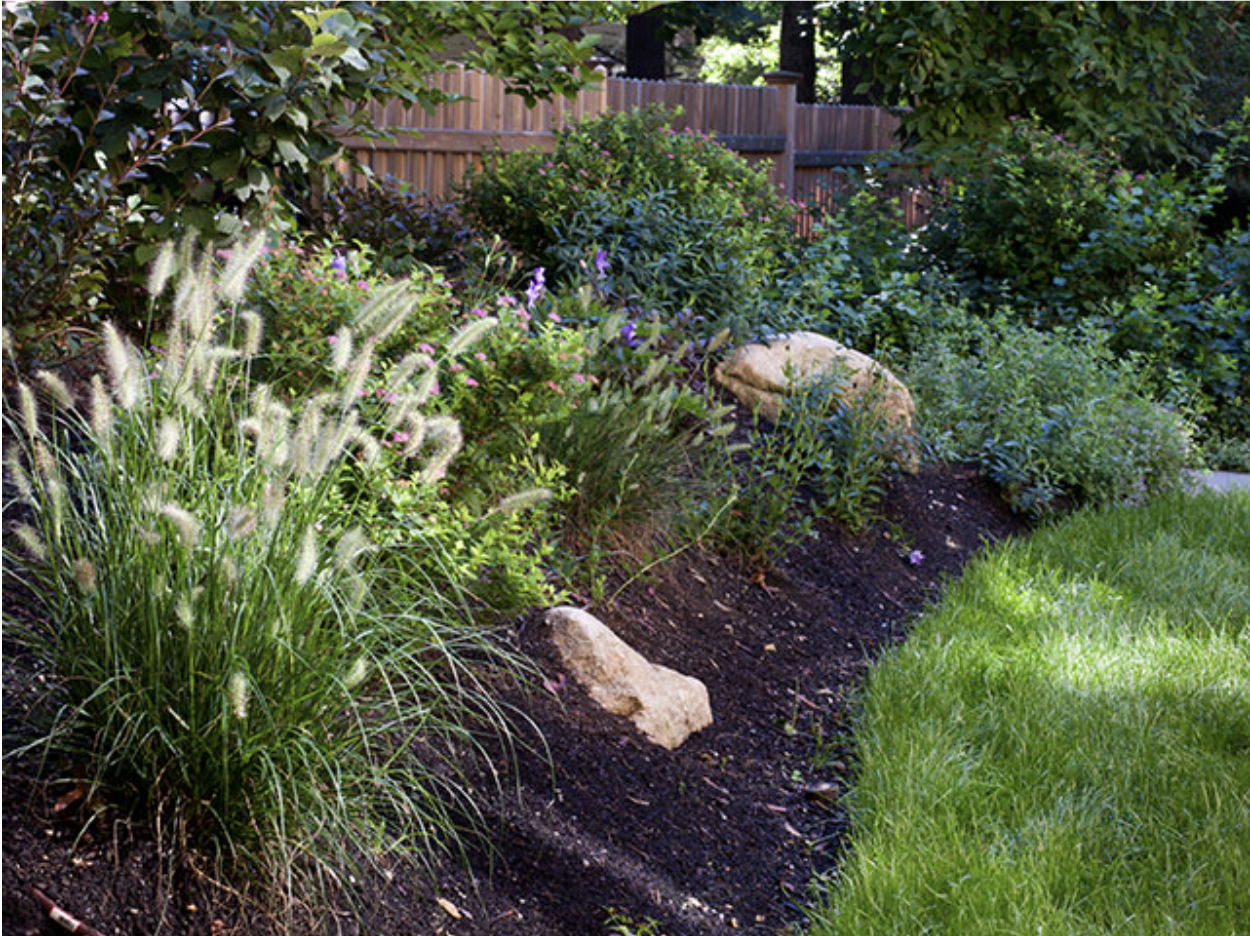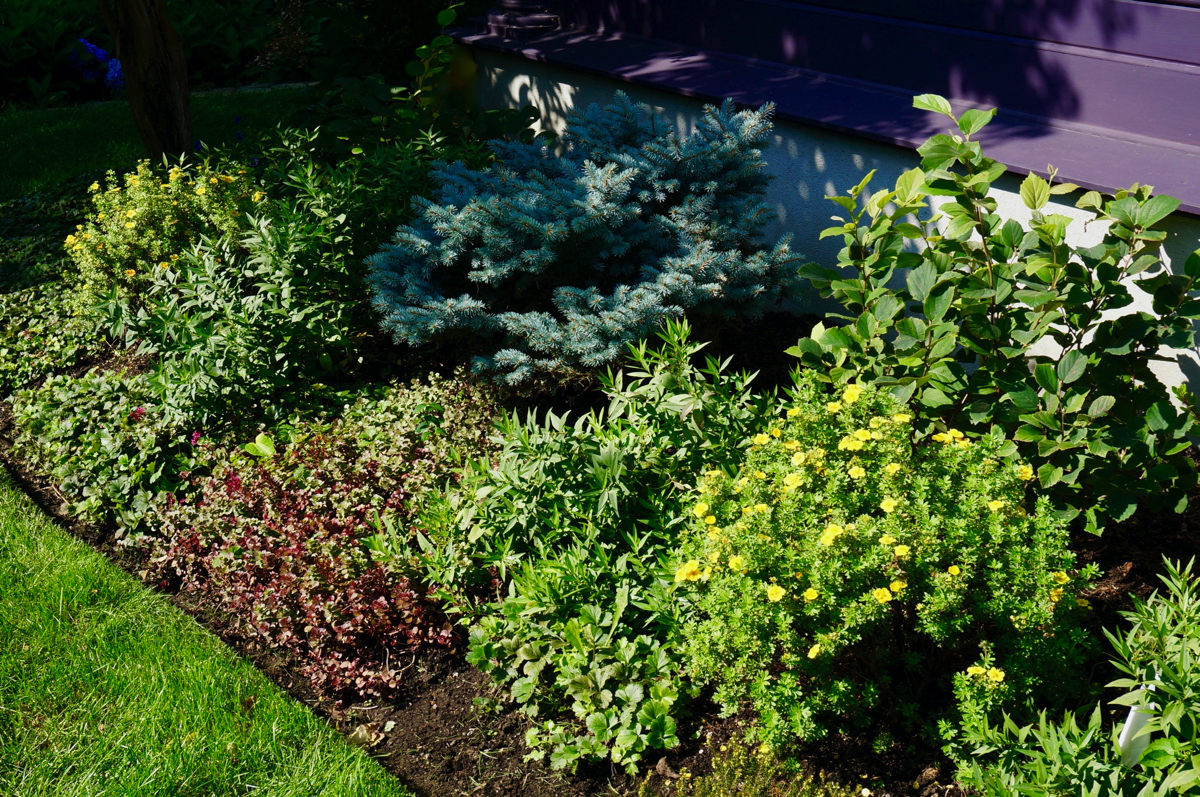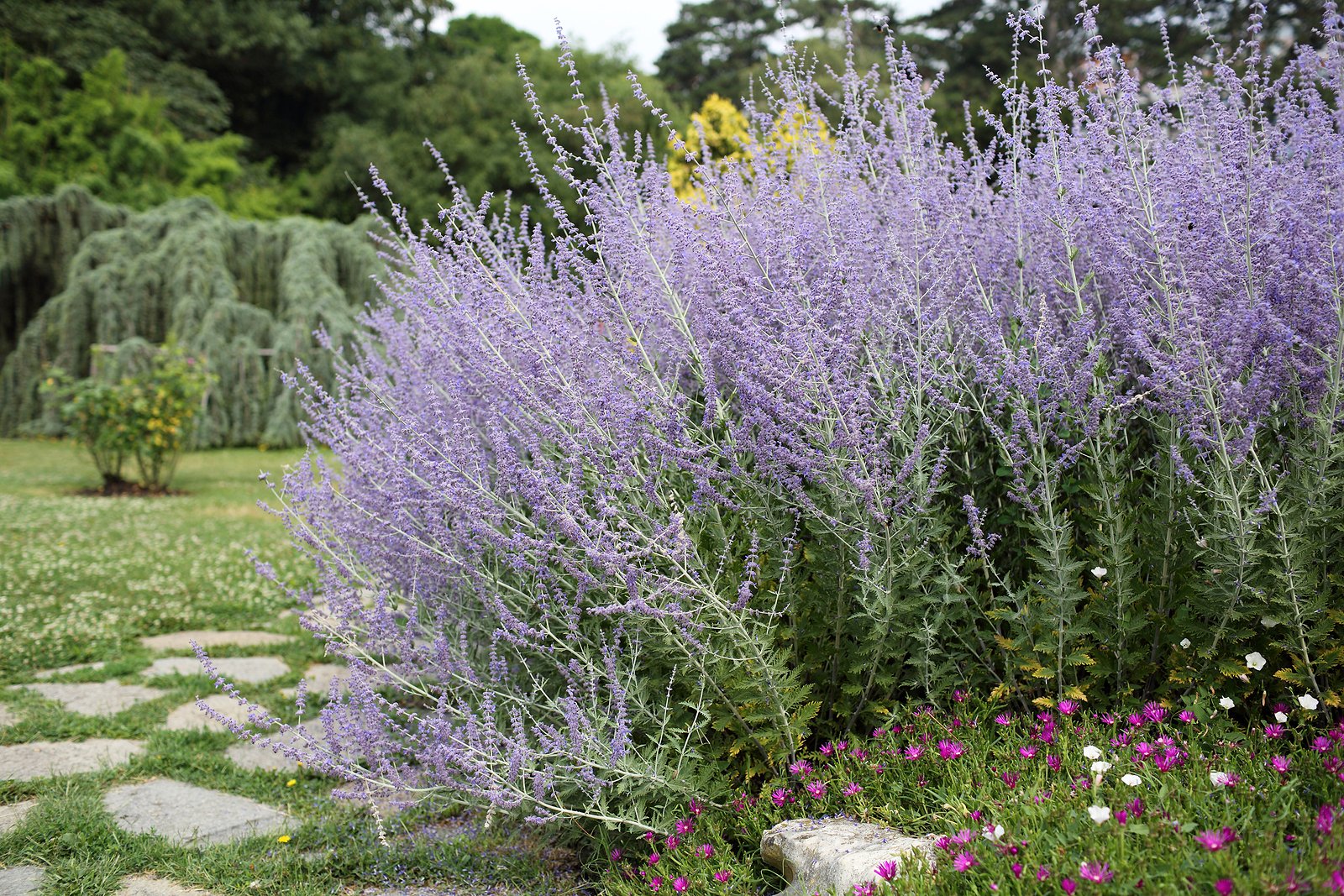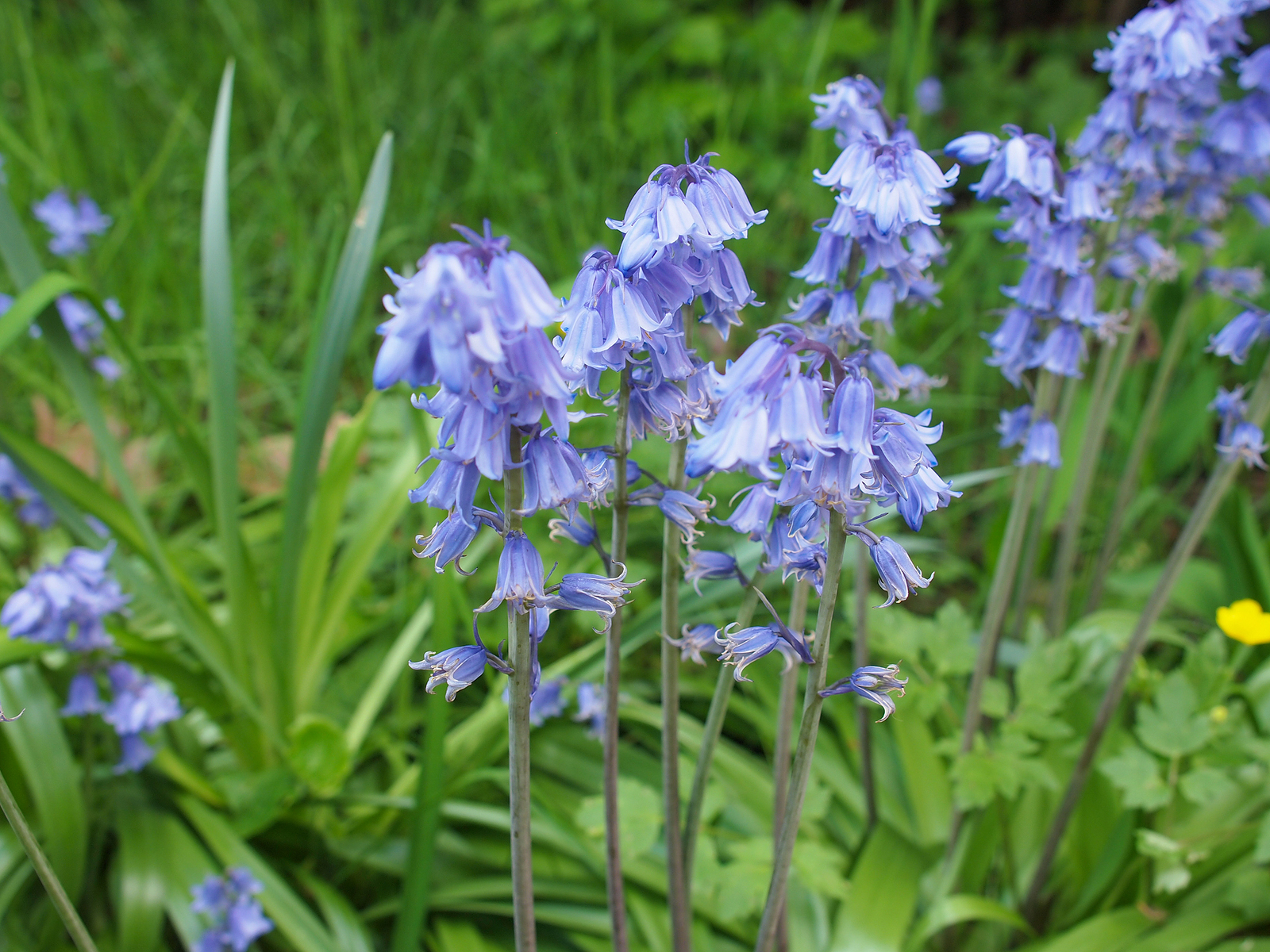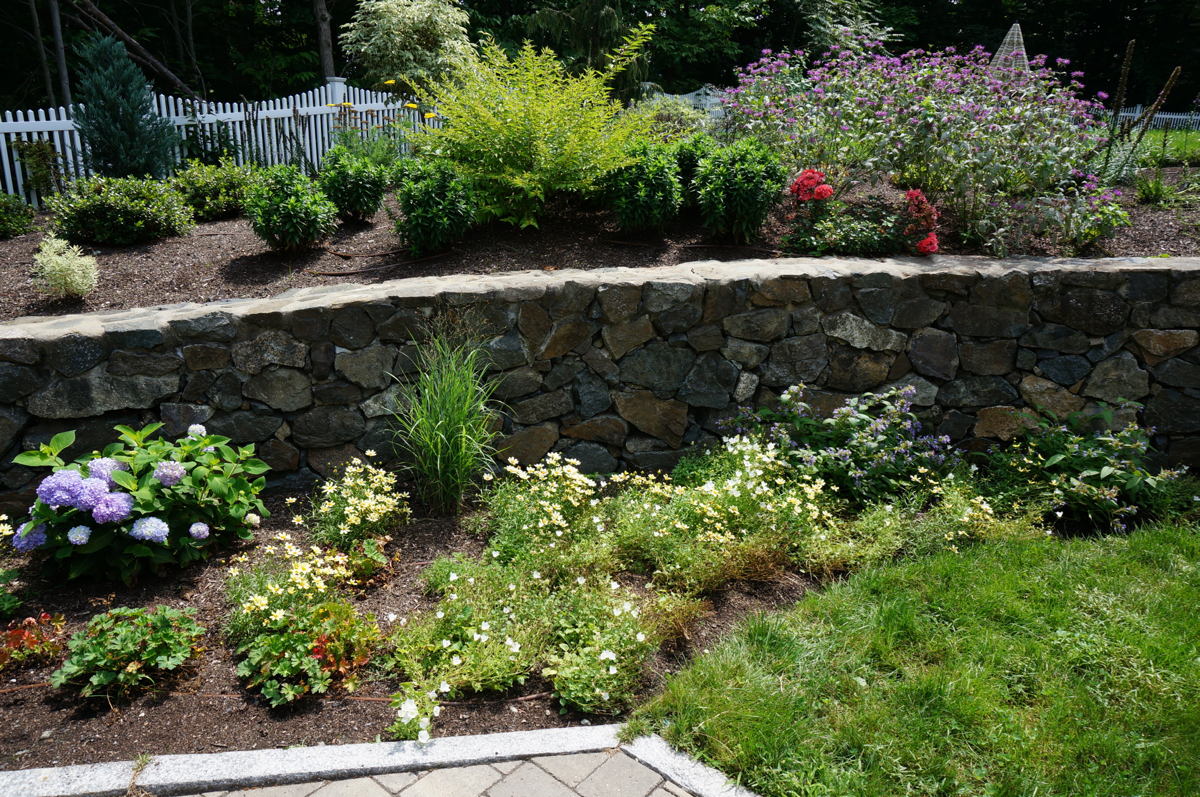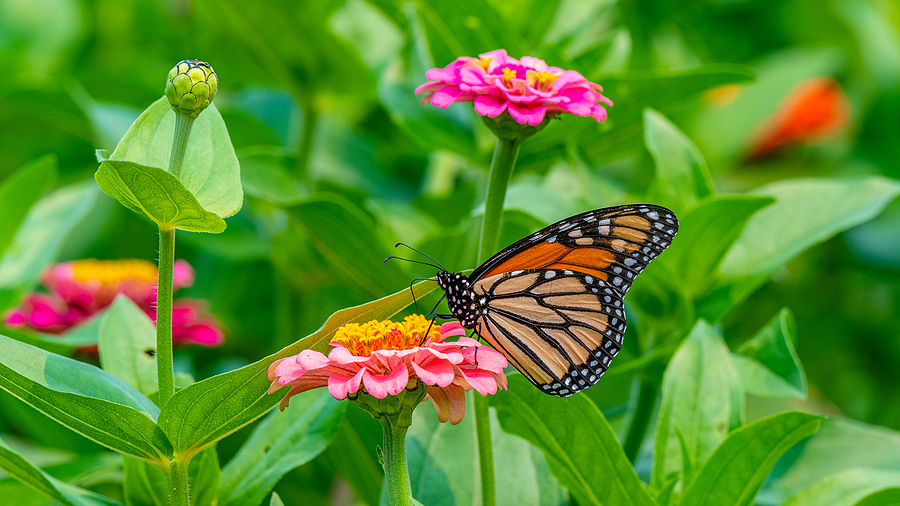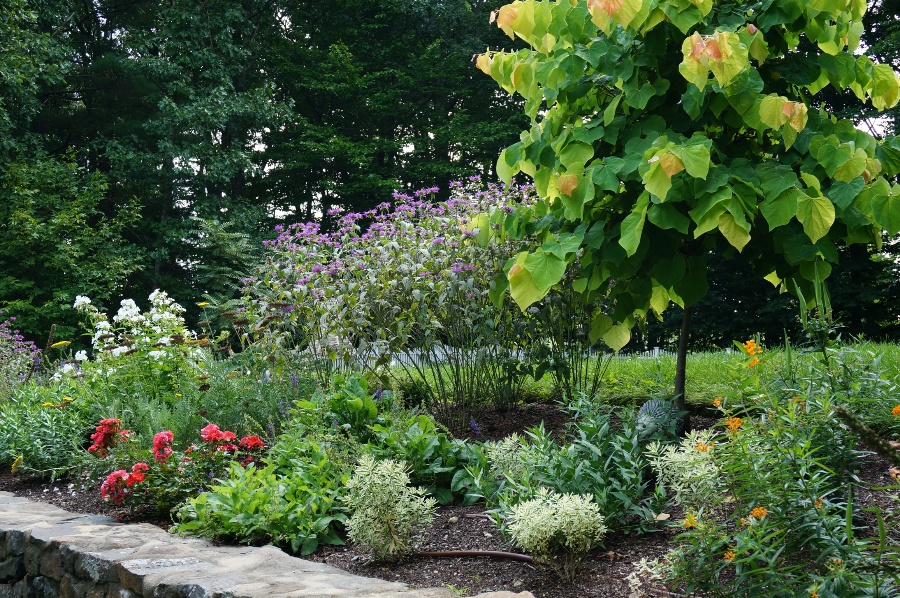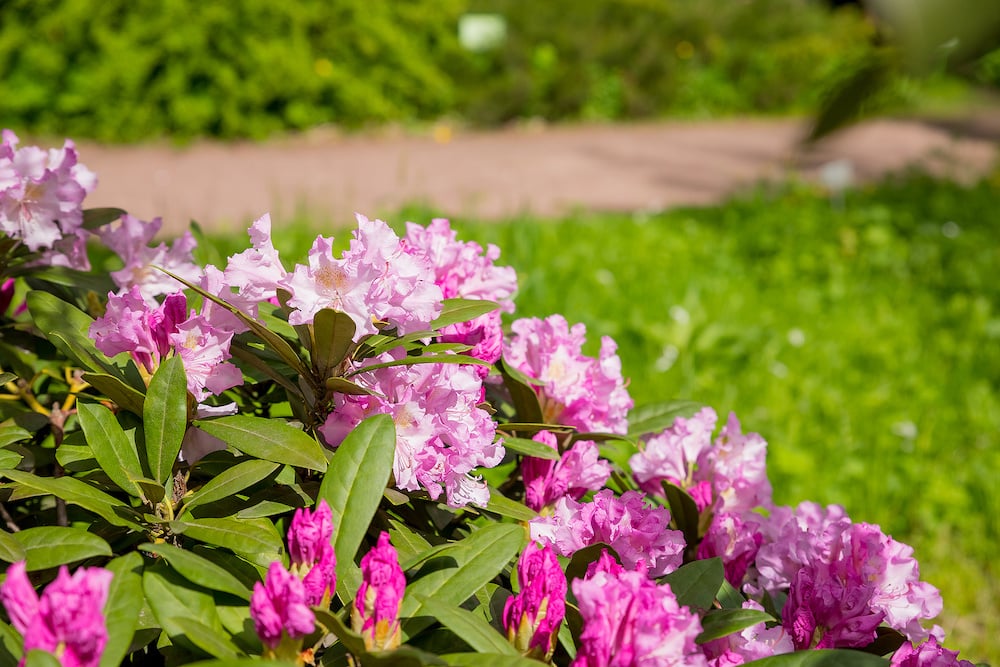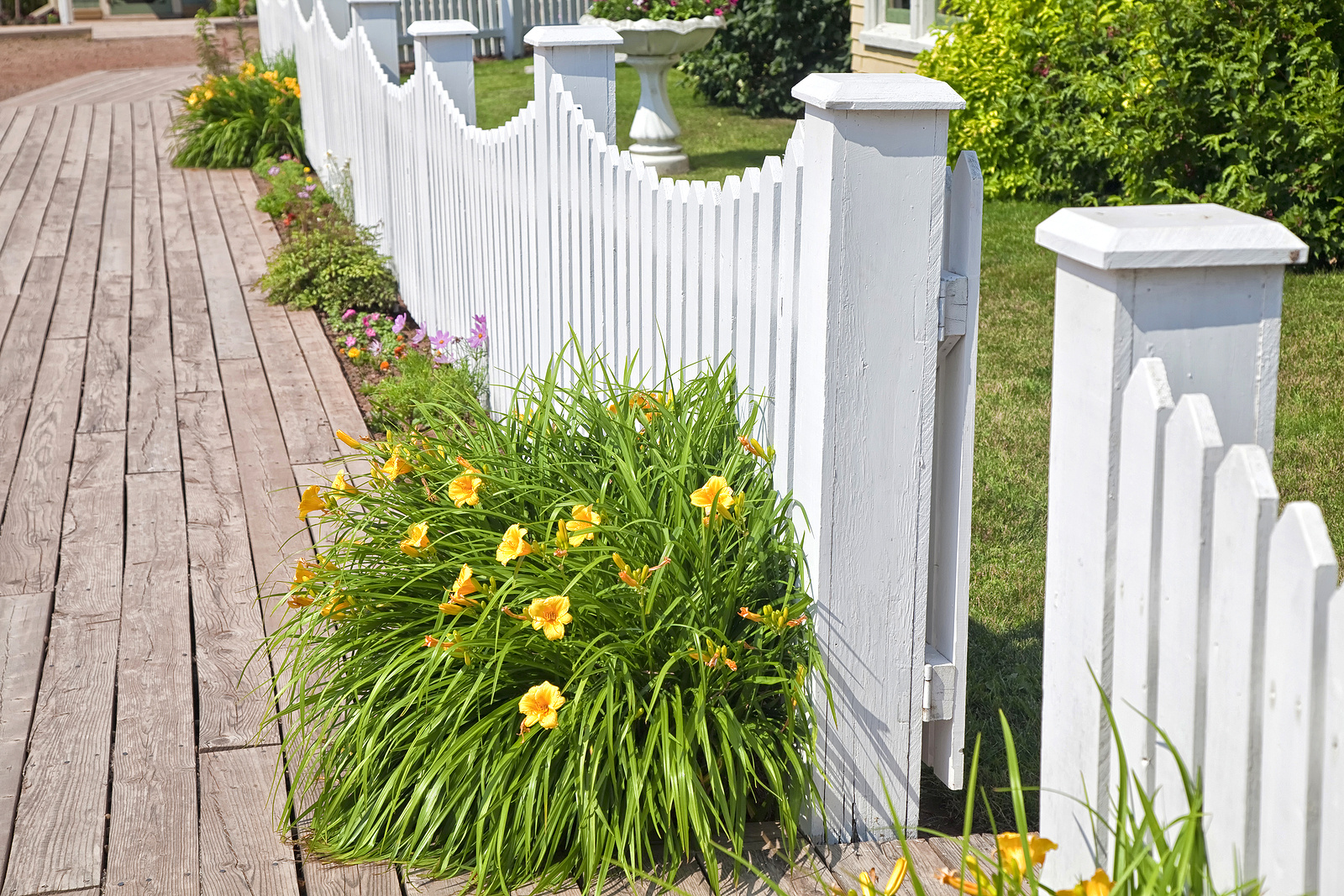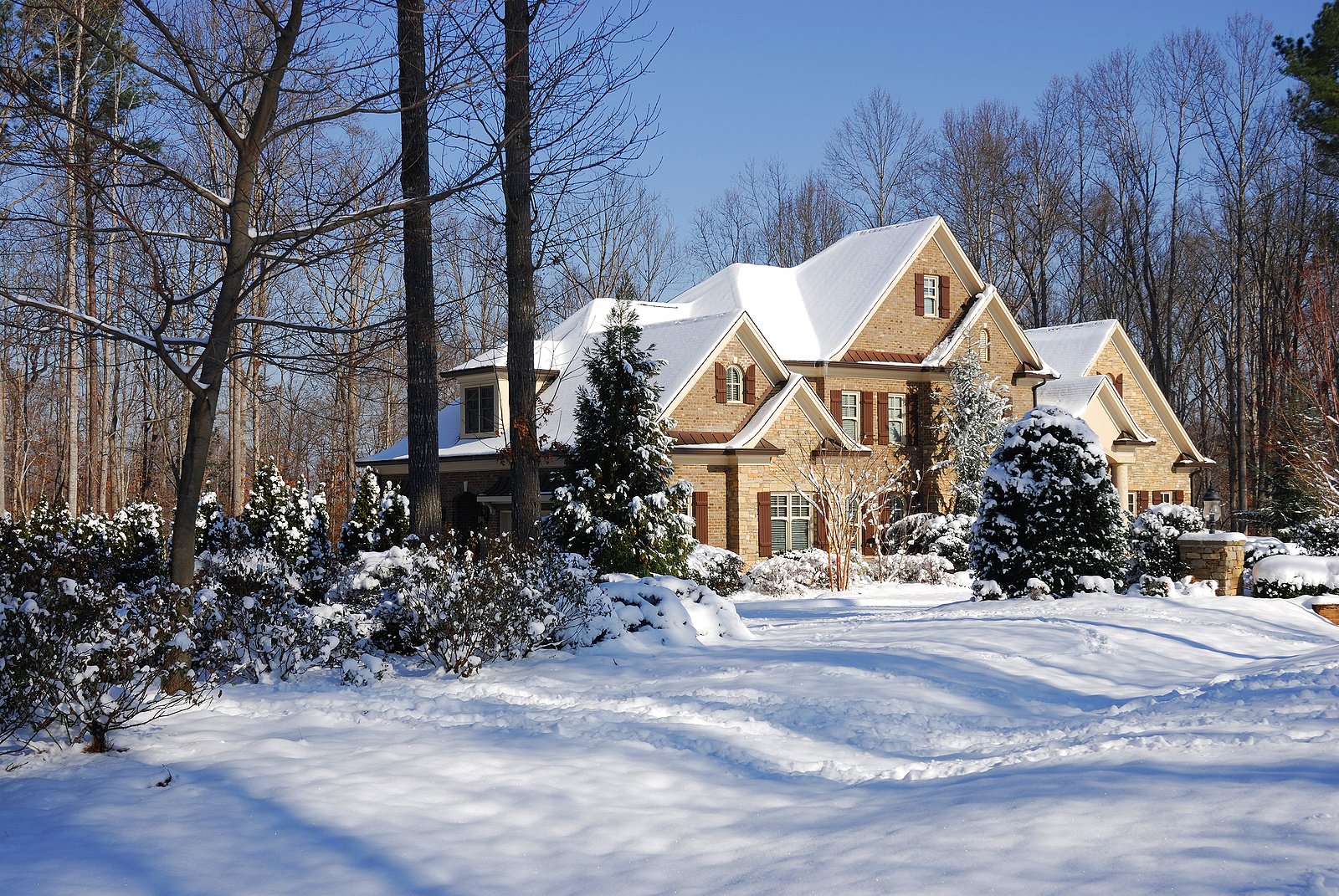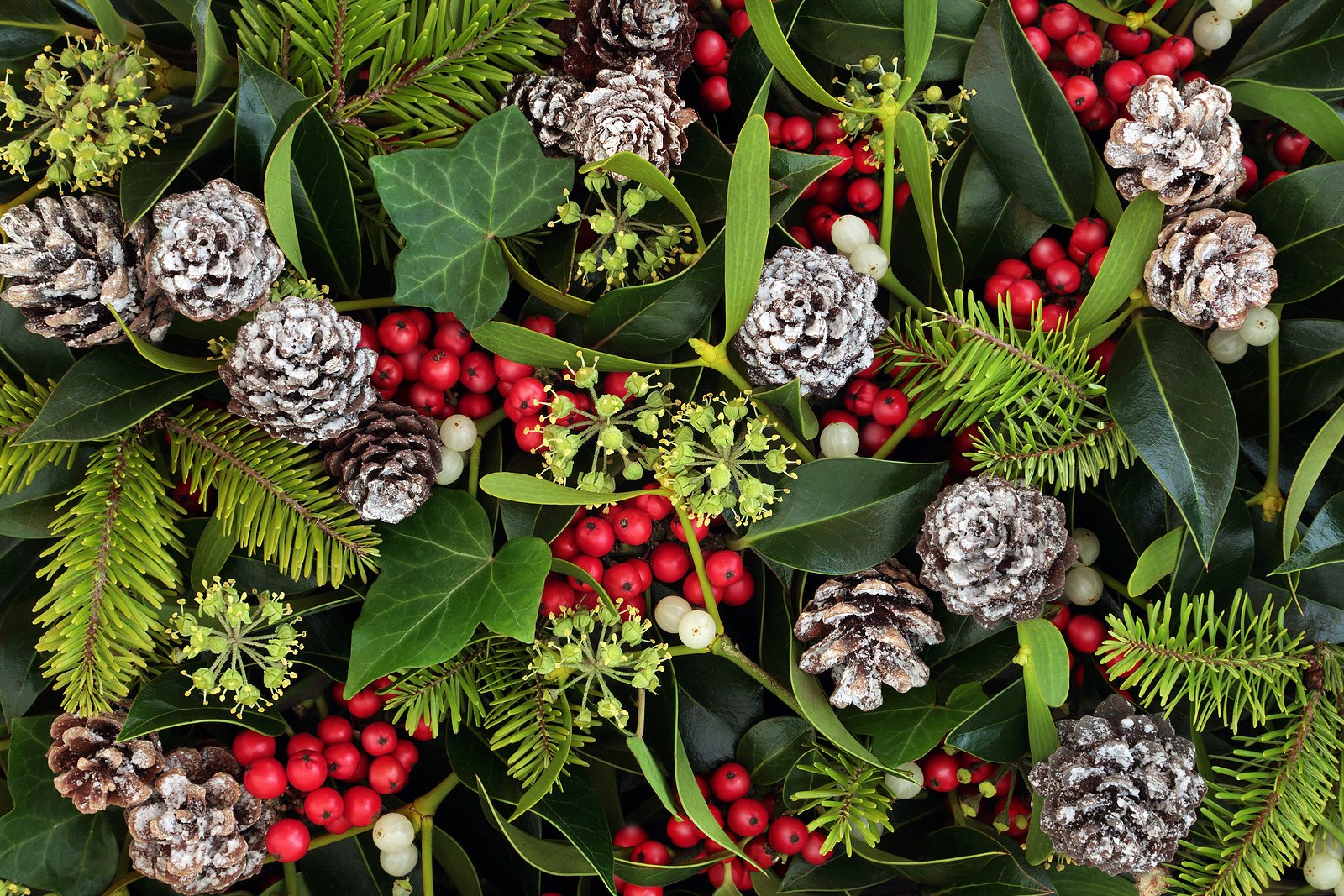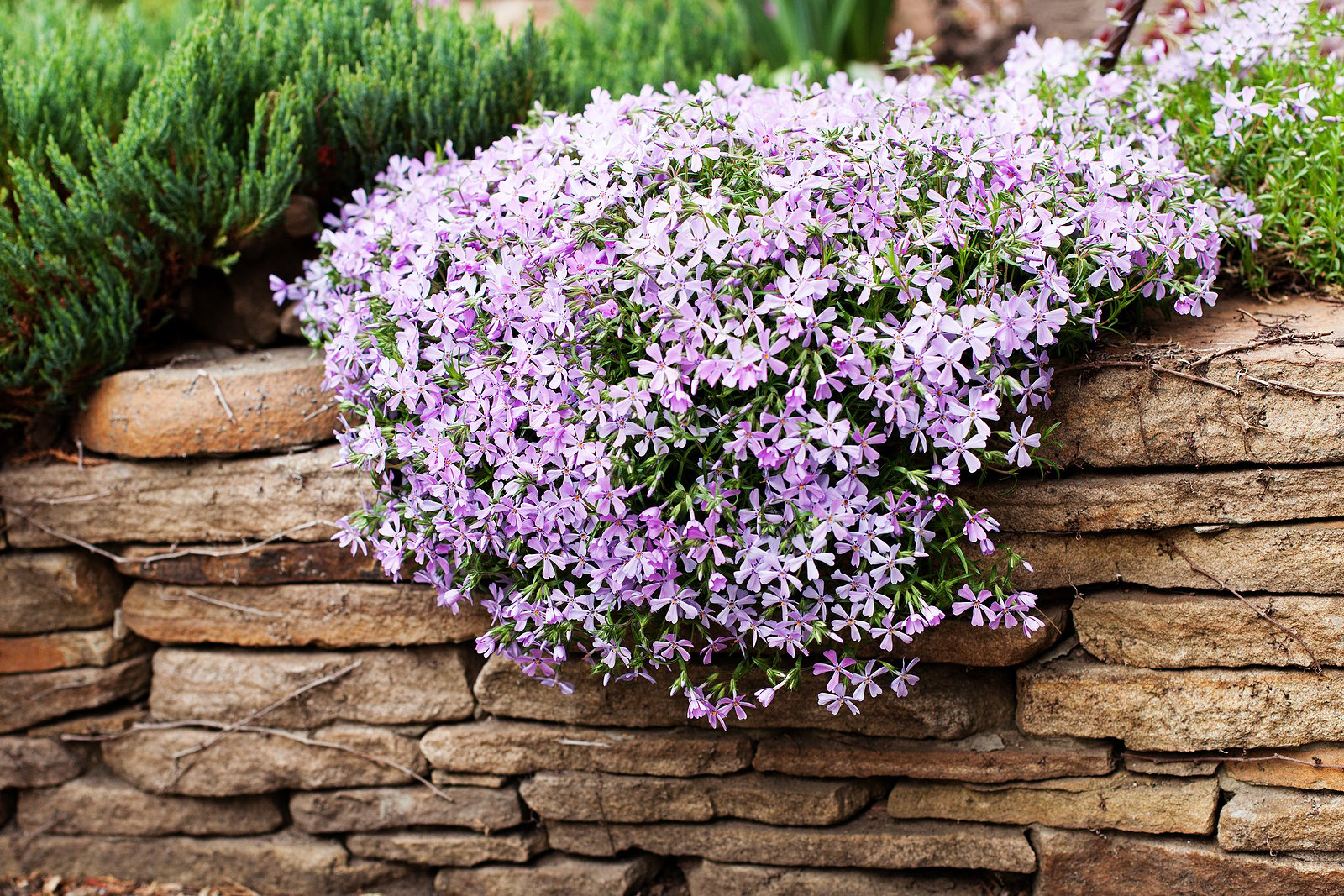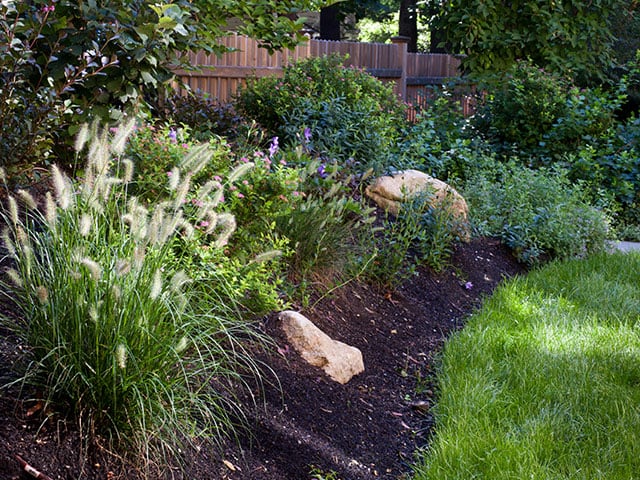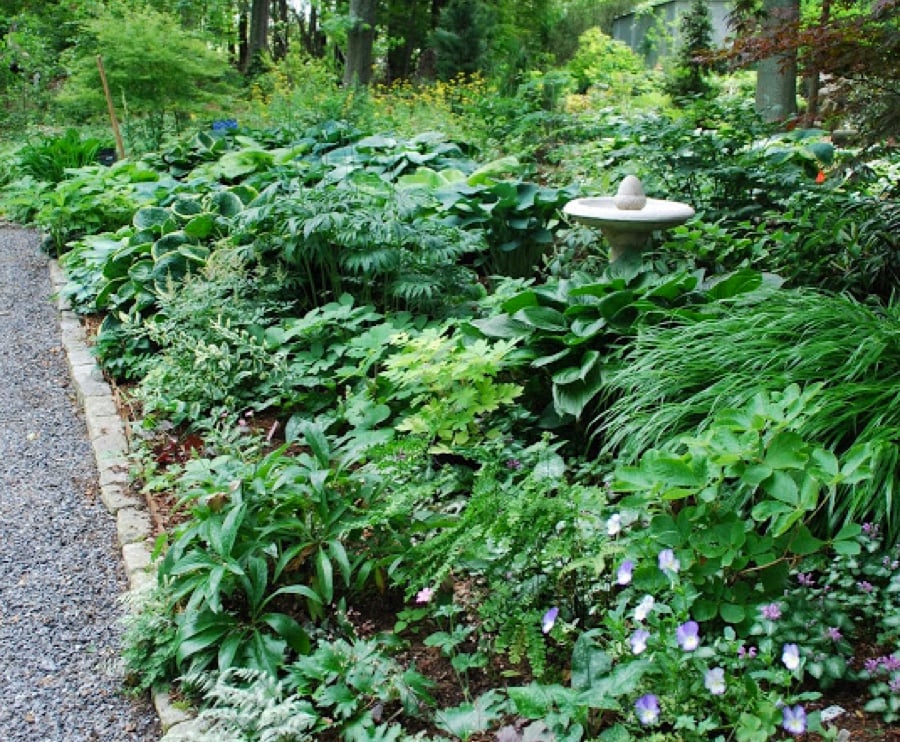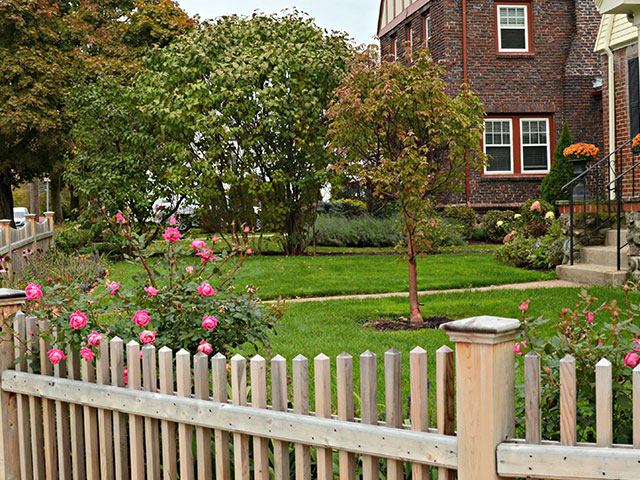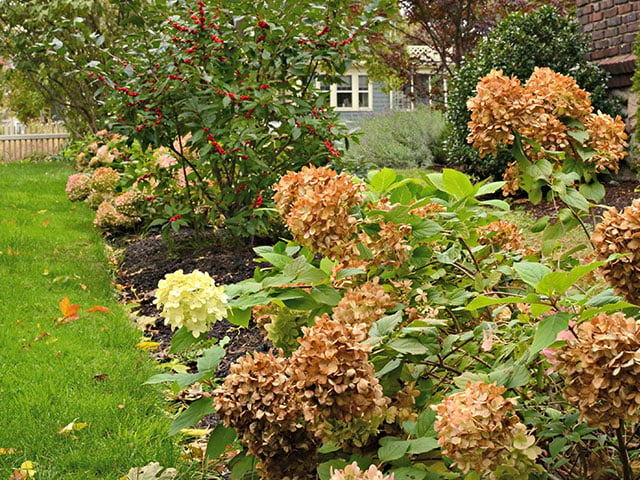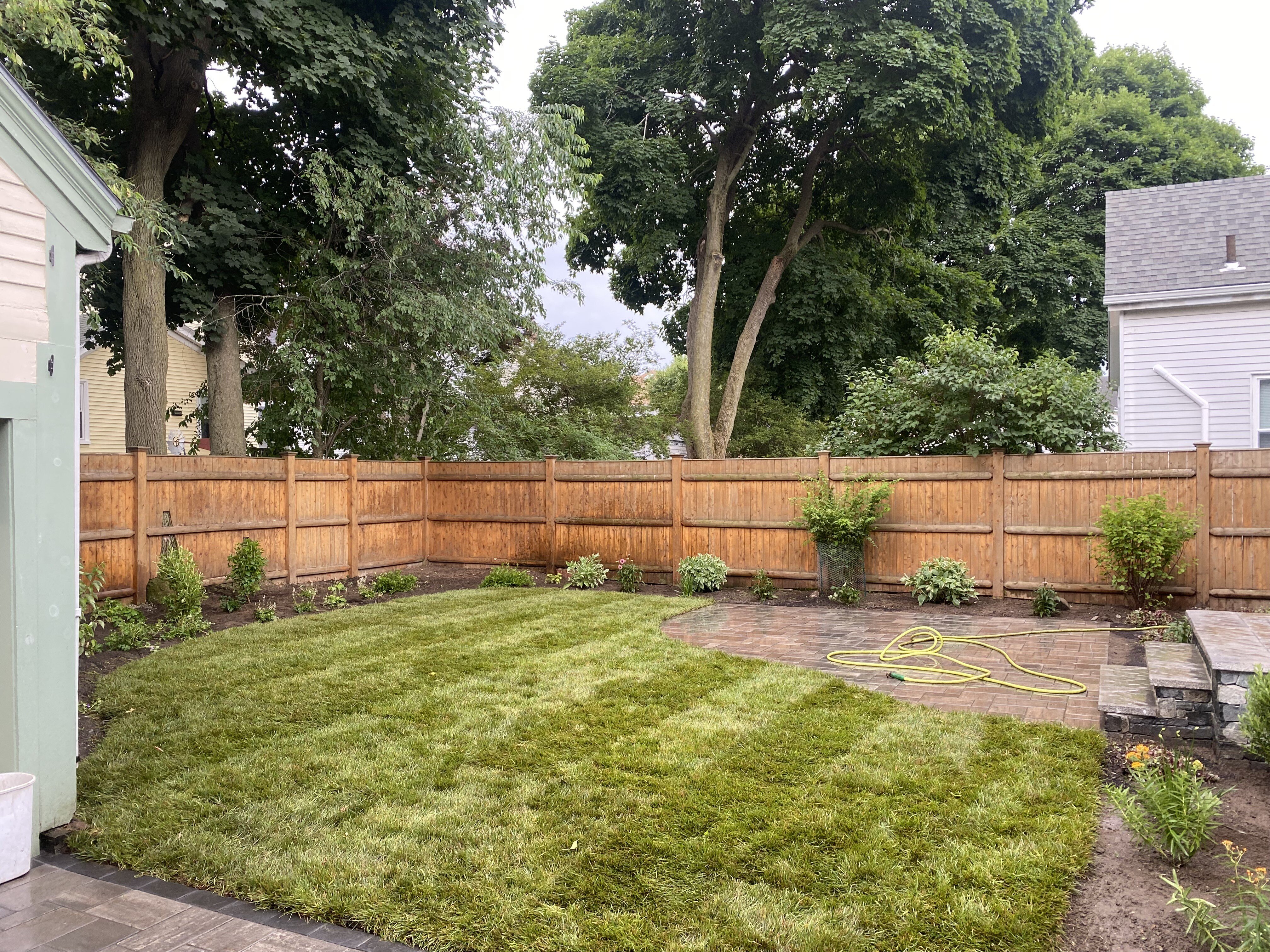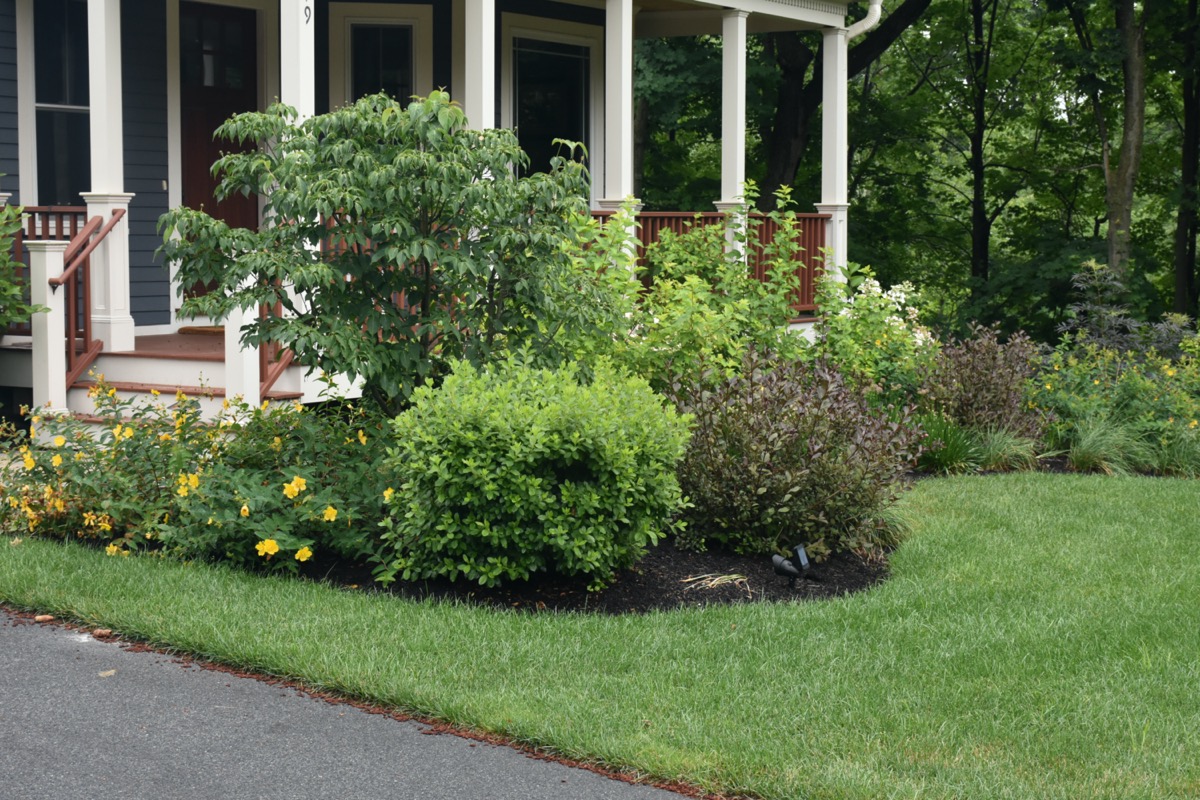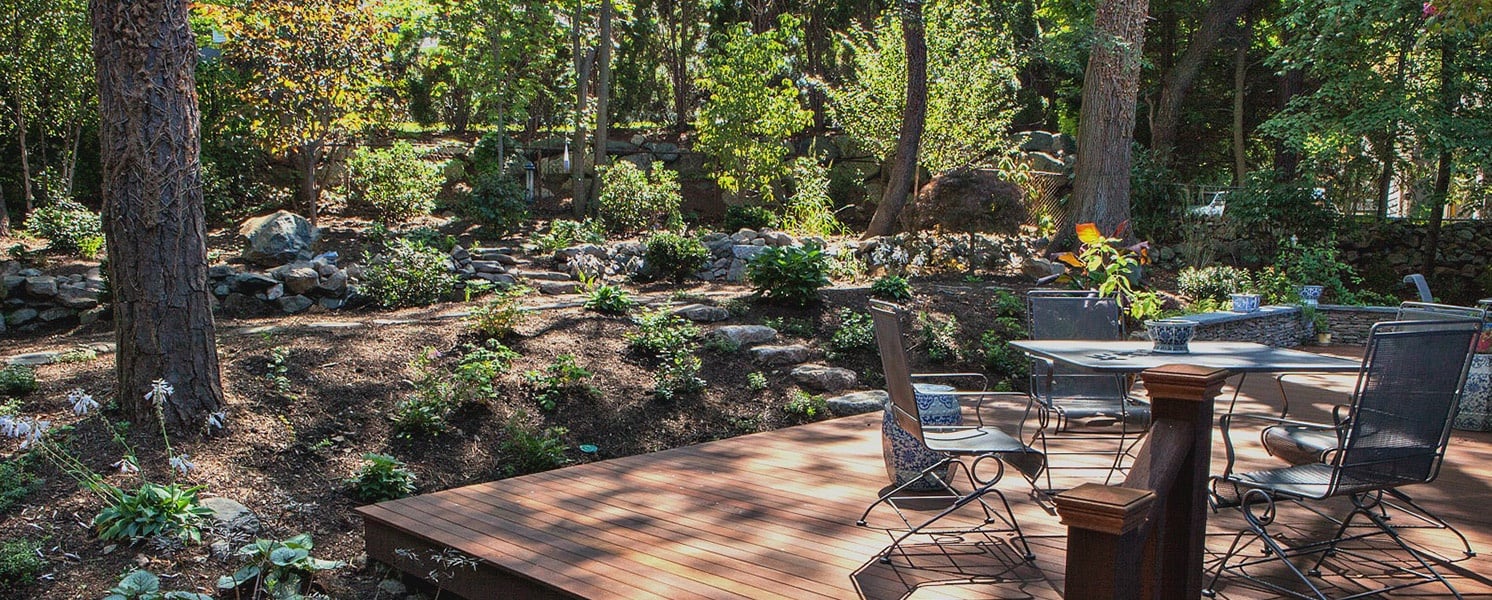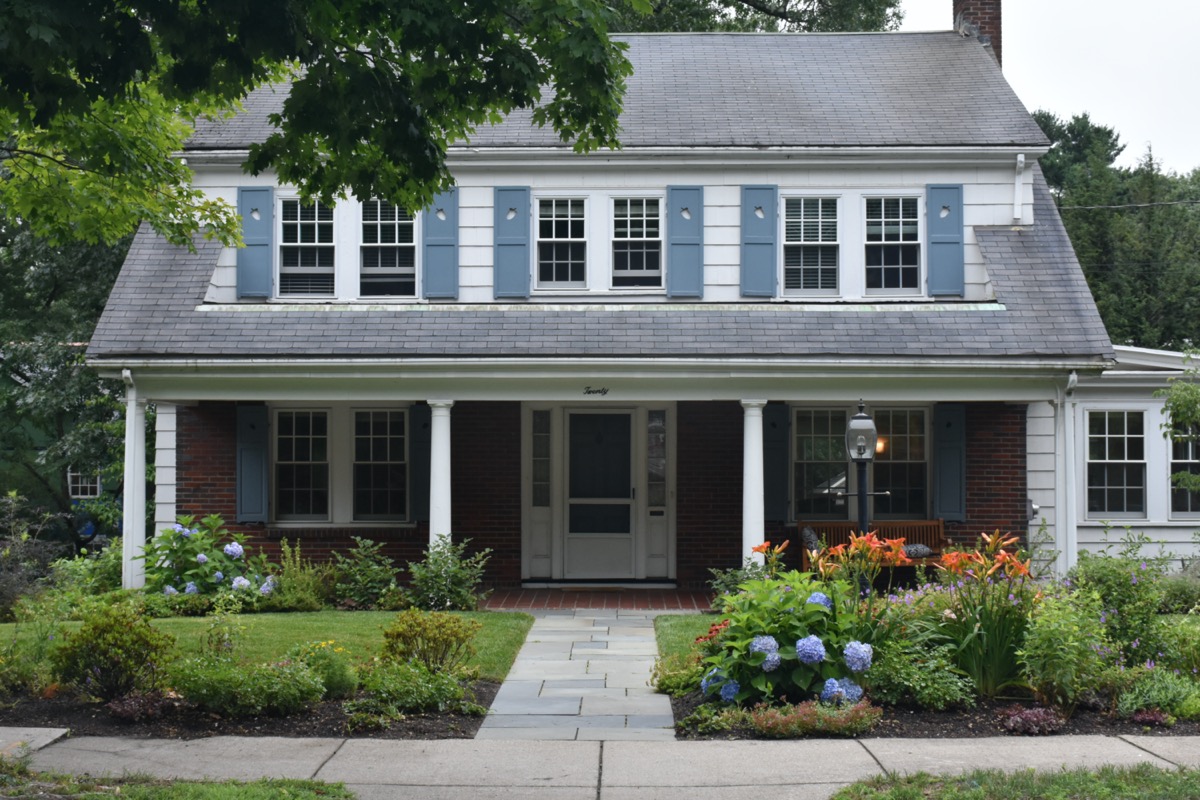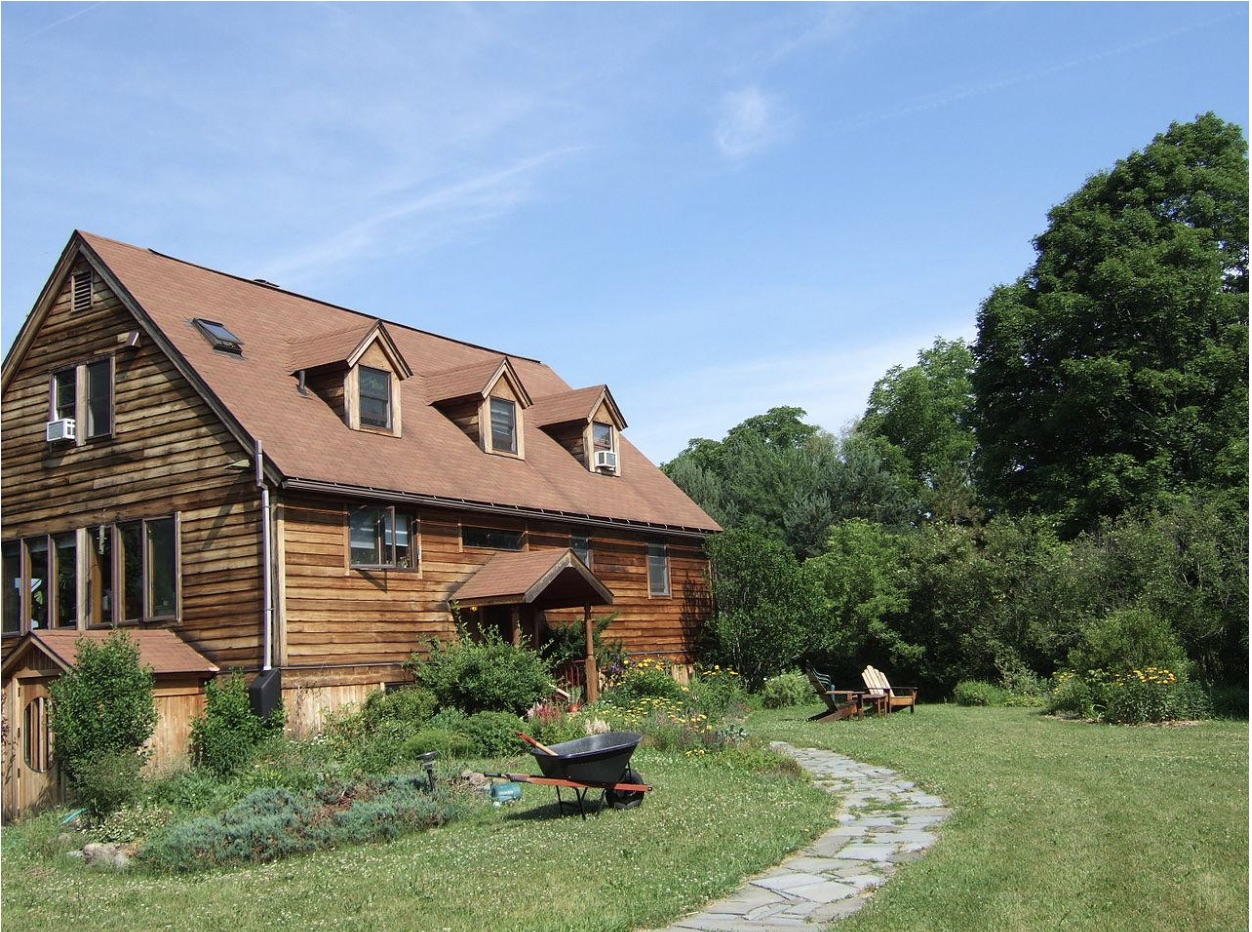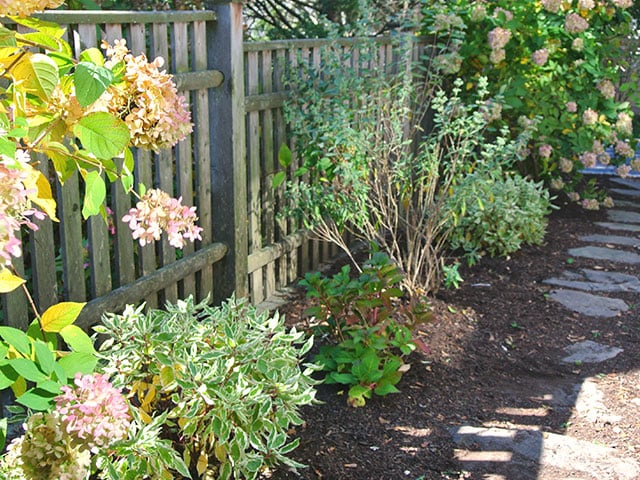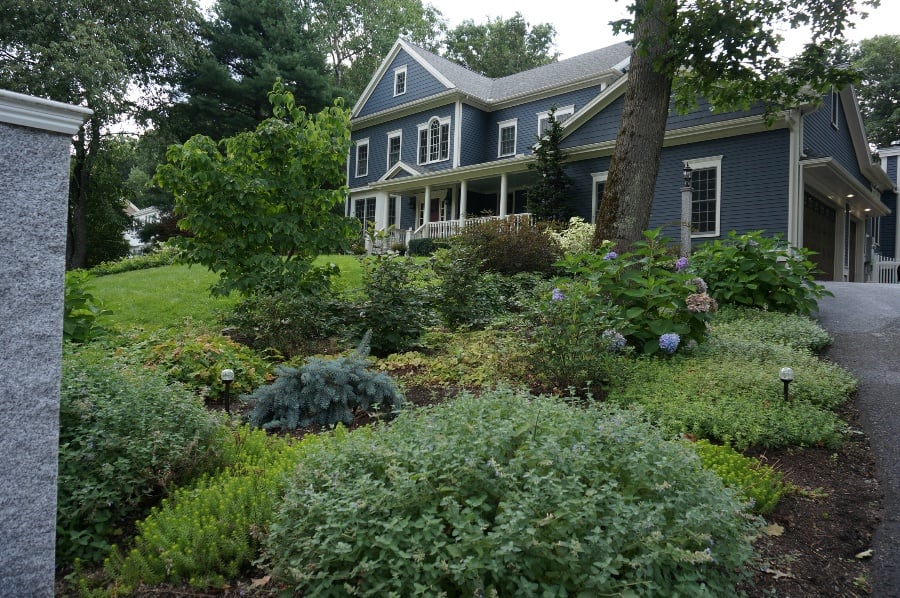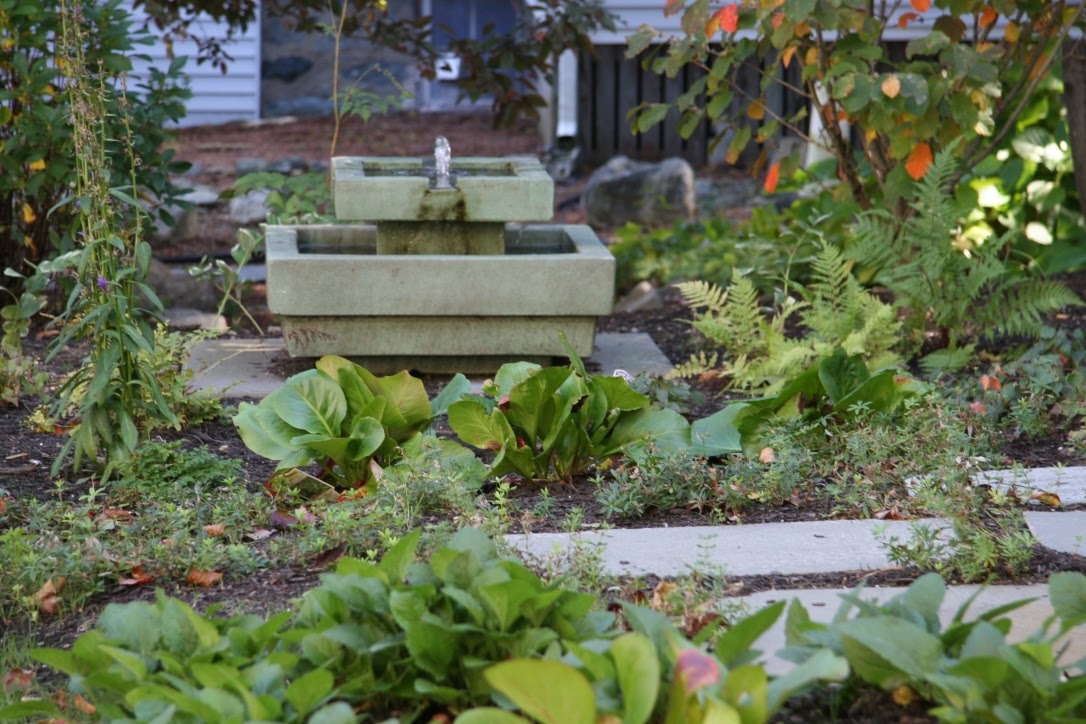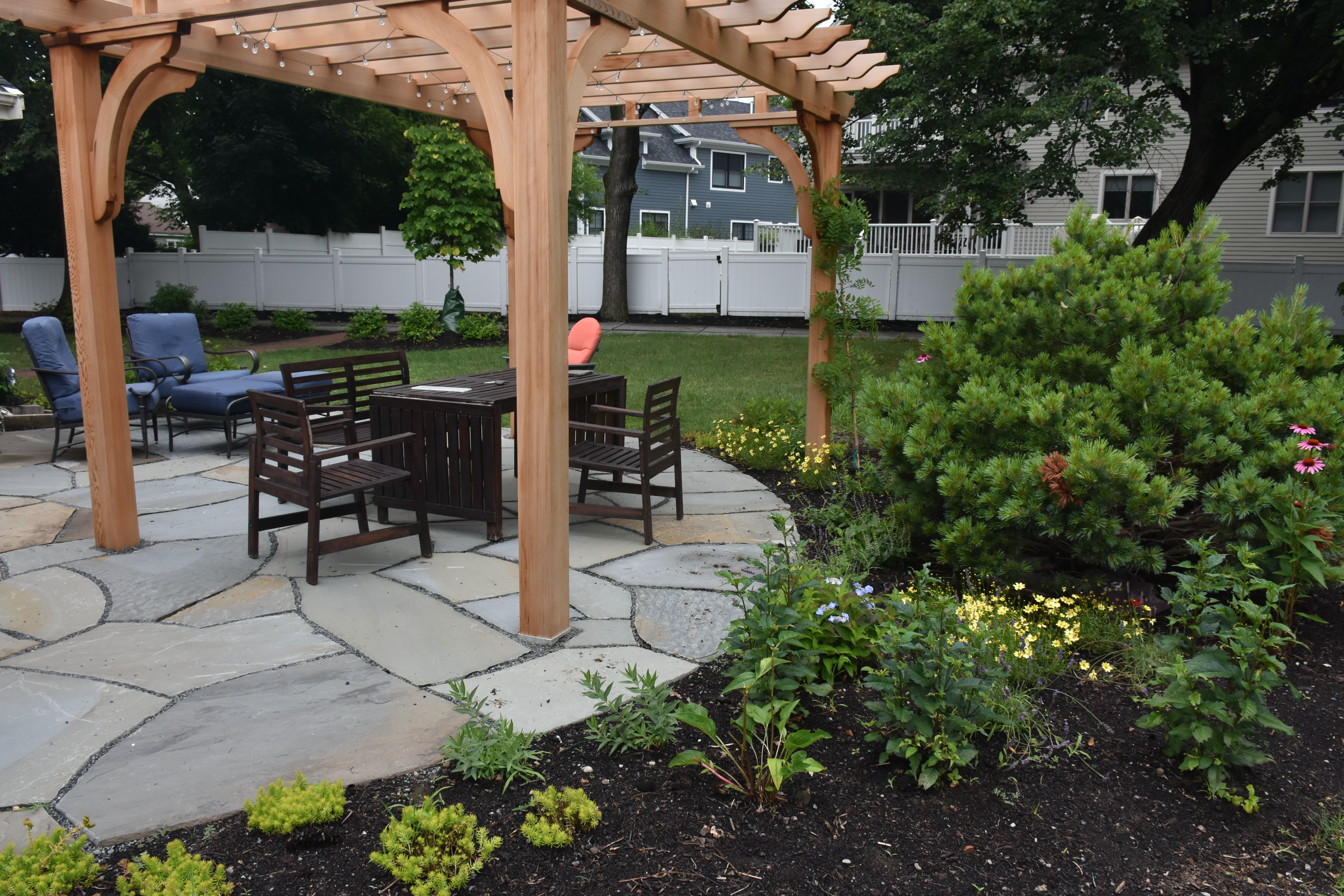Watching your garden erupt in the spring, flourish in the summer, and change and fade in the fall is thrilling. There is so much beauty to observe and so many fulfilling tasks to complete to help your garden be as gorgeous and healthy as it can be.
But what about winter?
Twiddling your thumbs and turning calendar pages until spring warmth returns aren't your only options. There's plenty that can still be done in and for the garden during the darker and colder days of the year. Getting out and working outside isn't only great for the health of next season's garden, but the fresh air helps to stave off any serious cases of cabin fever. Below are 5 ideas to help get you on the path to enjoying your garden even in winter.
1. Create bird feeding stations
You share your garden with all sorts of creatures year-round, but in the winter after the leaves die and drop, the scurrying of small animals can be a little easier to spot. Especially after a fresh snow, watching birds forage in the garden is a delight. If you leave your decomposing plants behind rather than cut them back, there will be seeds left for them to eat, along with camouflage from predators, and nesting material for the birds to gather.
Creating a feeding and watering station to add food variety for our feathered friends can be rewarding and beneficial during the lean winter months. A simple bird feeder found at a hardware store and filled with sunflower seeds will draw bright cardinals to your yard. Throw some unshelled peanuts on the ground and blue jays will find their way in.
Nuts and seeds aren't the only option, though. Massachusetts's state bird, the black-capped chickadee, loves to feed on insects and even animal fat. Setting out a suet block dotted with meal worms will help to bring this state representative to your yard.
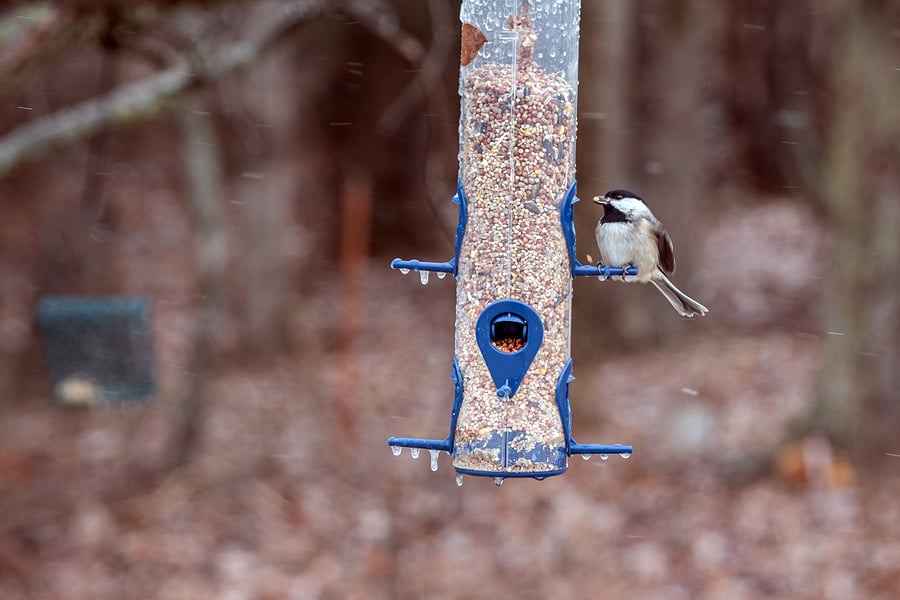
2. Using decomposing foliage for artistic inspiration
The evening hours following winter's early sunsets can be a nice time to explore a new hobby or practice an old one. Often, less is more when it comes to fall garden clean up, and if you are artistically inclined, there is a ton of inspiration to be found in your decaying garden.
During the day, take a walk around your paths and beds to get a good look at the ways your plants have changed since winter set in. Snap a few pictures on your phone of interesting shapes left behind from decaying flowers and herbs, or grab a few leaves from the ground to take inside and study more closely.
Using these materials in a quick art practice can help you to feel more in touch with all aspects of your garden, and to feel freshly inspired by it, even in its dormancy. You can loosely sketch the shapes in the photos you took to hang on the fridge, or you can do a rubbing of the leaves you gathered with a pencil or crayon (these make great greeting cards and gift tags). Everybody can make art! Making it from something you grew is doubly rewarding.
3. Making a spot for a cozy fire pit
Being outside is great for your physical and mental health, whether it's balmy or if there is a chill in the air. One great way to enjoy the outdoors during cold weather is by staying warm next to a nice fire. Installing a fire pit in your landscaping can be as simple or complex as you want to make it.
If you're the sort of person who likes to change things up around the garden, a prefabricated pit can be found at most big box stores. If meticulous hardscaping is your thing, a fire pit can be made a more permanent fixture by installing brick or rock in a dug out space right in the lawn. You'll get the most use out of a fire pit during cold weather months, but you'll find that it's a great all-weather feature as the seasons progress.
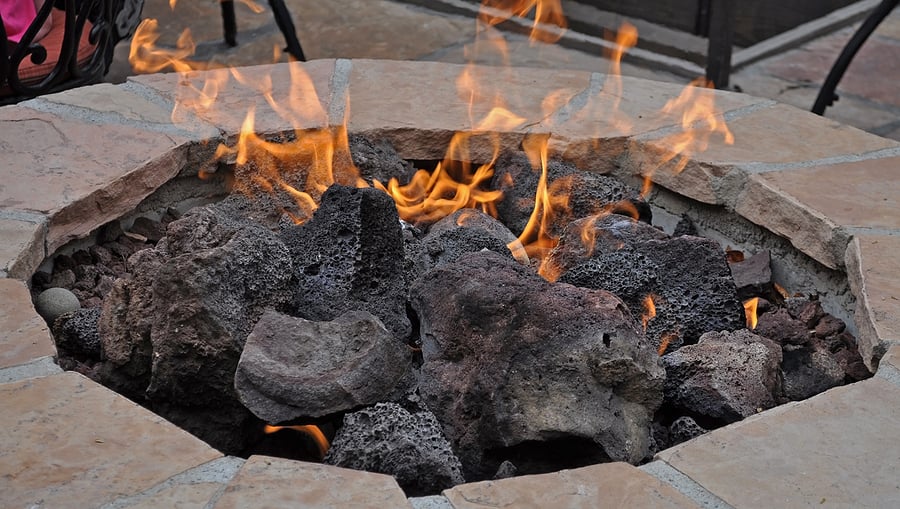
4. Using what's left of last year's garden to start planning the coming seasons
You've used what's left of your garden for an art project, but it's not done inspiring you yet! Take a walk around your garden and take note (mentally or on a pad of paper) of what worked and what didn't. Let what's left of your annuals bring to mind the care you provided them and the reward they gave you. Is it something you'd like to purchase again? And with the perennials, start to think about if you like their positioning, or if you need to move them before the next growing season begins.
5. Building a cold frame to get a jump on cool weather planting
When the cold is starting to get the best of you and you can't wait another minute, get the growing season started early by installing a cold frame in your yard. A cold frame is like a small greenhouse where seeds can be started or shoots can be babied until they are able to face the outside world on their own.
There are ready-made cold frames available for purchase, but they also can be made rather simply, and for little money. A sturdy cold frame can be made with an old window and some scrap wood, both things often found in the back corner of a shed or on the curb on trash pick up day.
A simpler and smaller scale approach is to use a cloche to cover seedlings you plant in an insulating layer of soil and compost. The glass will trap warmth for a greenhouse effect on a small scale. Get your cold weather crops started extra early, and enjoy lettuce, radishes, and pansies weeks before your neighbors!
These five ideas are a good kick off point for getting the most out of your green space, even during the months when that space isn't so green. The wait for the warmth and beauty of spring won't seem so long when you're able to get outside and tackle some cold weather projects in the great outdoors!
To learn more about designing a custom landscape for your home, download our free ebook, The Mindful Homeowner's Guide to Transformative Landscape Design. If you're ready to get started on your new landscape project, or simply want to learn more about the process, you can contact our team here to schedule a free consultation. We'd love to talk to you!


